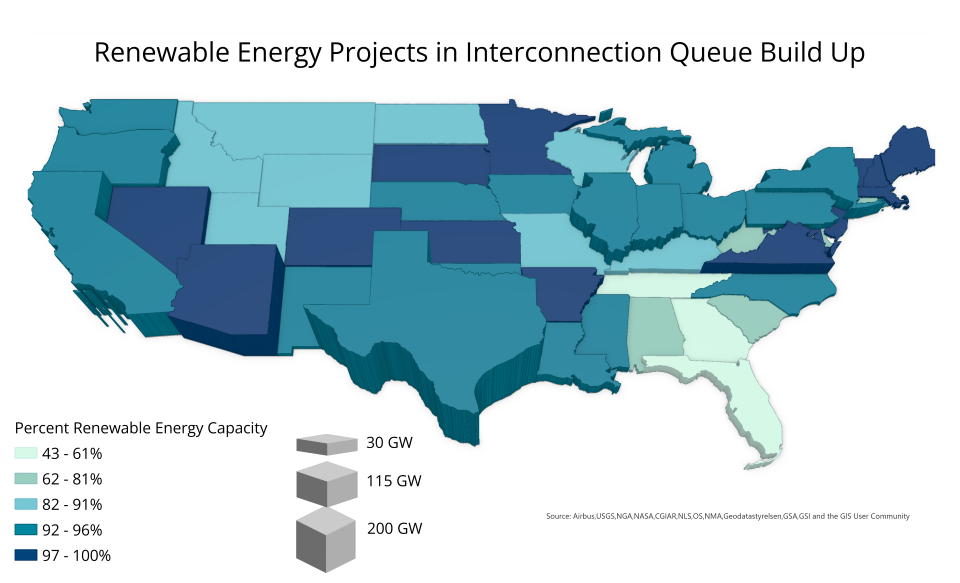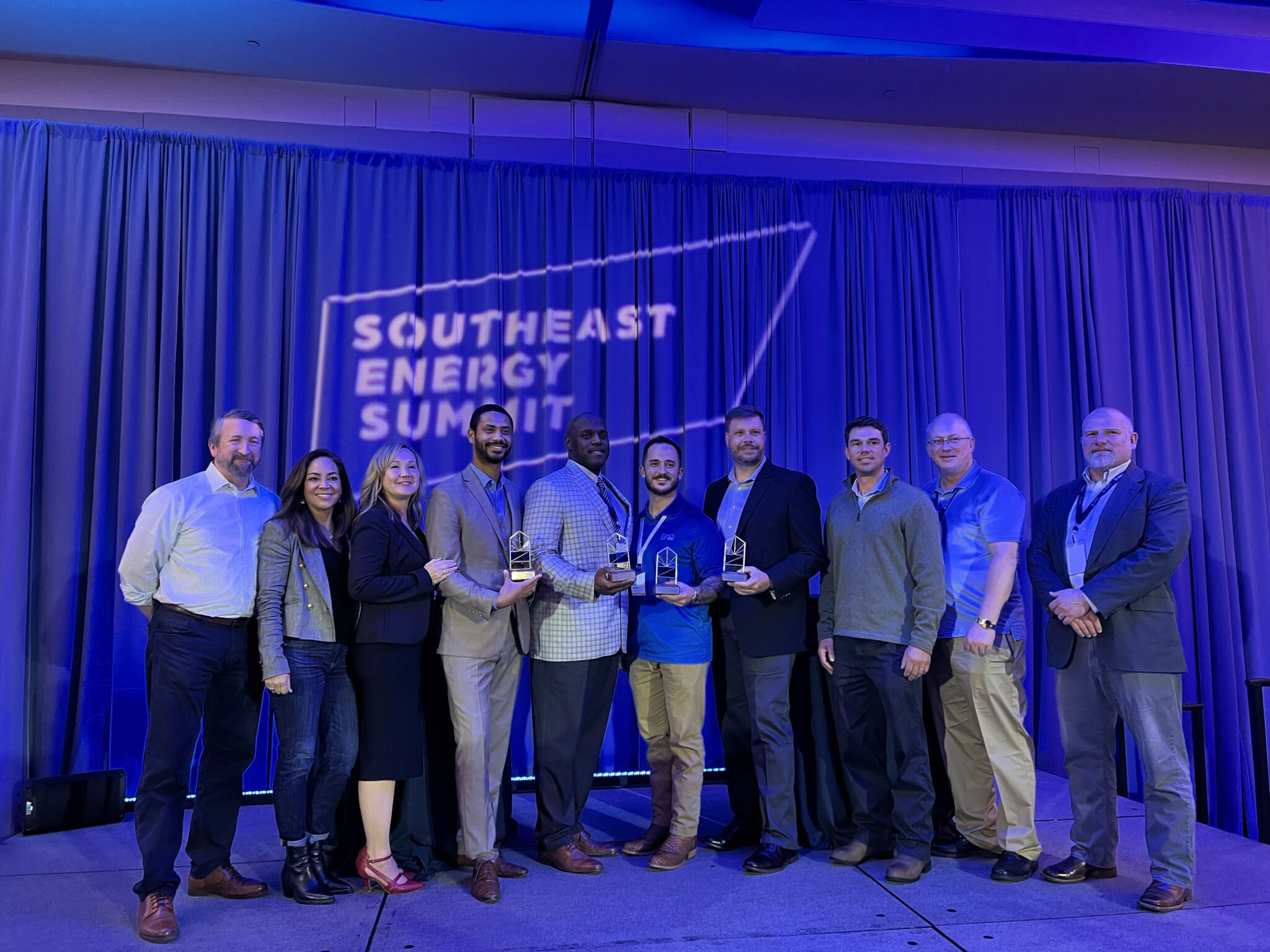Month: October 2023
Southeast Energy Efficiency Alliance Announces 2023 Summit Award Winners
The Southeast Energy Efficiency Alliance (SEEA) announced the winners of the inaugural Summit Awards – The Peak Award for Excellence in Leadership, the Luminary Award for Pursuing Energy Equity and the Vanguard Award for Innovation in Efficient Energy on Friday, October 27, during the 2023 Southeast Energy Summit. The Summit Awards recognize individuals and organizations forging a more equitable, efficient energy future in the Southeast.
The award winners are as follows:
The Vanguard Award for Innovation in Efficient Energy – ICF and EZ Green Home
EZ Green Home and ICF partnered on a duct-seal program for low-income communities in Jackson, MS. They have helped over 1,900 families save money on their monthly utility bills through the program.
EZ Green Home is a forward-thinking company dedicated to providing hands-on installation of energy-efficient products and solutions to underserved and hard-to-reach populations. ICF provides a range of services for governments and businesses, including strategic planning, management, marketing and analytics.
About the Vanguard Award for Innovation in Efficient Energy
At its best, efficient energy is a holistic approach to the generation, distribution and utilization of energy that maximizes social benefit and promotes prosperity. Efficient energy includes programs to optimize energy use in residential and commercial buildings, zero- and low-emission transportation and advanced technology. Innovation in efficient energy is characterized by a new method, technology or idea that has resulted in a net-new advancement in efficient energy. This award recognizes an outstanding organization or program that has championed an innovative approach to efficient energy in the Southeast.
The Luminary Award for Pursuing Energy Equity – TVA EnergyRight®
TVA EnergyRight® developed the Small Business Uplift program to bring transformative energy efficiency solutions to small businesses in underserved communities. This kind of support for mom-and-pop businesses is invaluable, instilling a sense of opportunity among neighbors and empowering sustainable growth in communities that need it most.
About the Luminary Award for Pursuing Energy Equity
Energy equity is measured by the presence of an inclusive decision-making process, the equitable distribution of both the costs and advantages of energy use to the entire community, accounting for historic prejudice and inequality and a view of how future generations will be impacted by choices made today. This award celebrates the accomplishments of an outstanding organization or program that has made significant strides in pursuing energy equity by sharing in the benefits and burdens of the energy transition regardless of income, race, ethnicity, gender or geographic location. Benefits of an equitable energy transition include greater access to efficient energy technologies, a more diverse workforce, healthier buildings and people, more resilient buildings and a more vibrant economy for all.
The Peak Award for Excellence in Leadership – Dr. Anthony Kinslow II, Gemini Solutions
Dr. Anthony Kinslow II, CEO of Gemini Energy Solutions, is leading the charge on sustainable energy transformation. His mission is to revolutionize clean energy access and foster prosperity in underserved communities. Starting with his 2016-founded company, he’s harnessed microgrids to empower marginalized communities and create “clean energy hubs” featuring solar panels and EV backup power.
About the Peak Award for Excellence in Leadership
Leadership is a multifaceted quality that creates a clarity of mission, an environment that encourages innovation at all levels of an organization, and empowers others within the organization and in the community. This award is given to an exceptional individual who demonstrates leadership in the efficient energy sector, considering greater energy efficiency, low- and zero-emission transportation, equitable energy benefits and burdens, and the advancement of the community at large.
Map of the Month – October
Grace Parker

The Inflation Reduction Act (IRA) and other recent federal developments provide unprecedented opportunities to hasten the energy transition through the development of renewable energy resources. Yet this progress is being hindered by the backlog of energy projects waiting in the interconnection queue, a phase in which energy developers request to connect to the power grid and complete studies about the impact of these connections. The number of projects waiting in the nation’s interconnection queue grew by 40 percent in 2022 as more renewable energy projects were greenlit. The amount of time each project spends in the queue is also growing. Projects completed in 2022 spent an average of five years in the queue, compared to less than two years for projects completed in 2008.
These delays threaten project feasibility, potentially undermining the transition to renewable energy. During waiting periods, project terms, including how much consumers will pay for electricity and the availability and costs of proposed real estate, are likely to change, which leads to projects being abandoned. Less than a quarter of the projects in the queue are expected to be completed.
This month’s map shows the total capacity of energy projects in the queue for each state, and how much of each of this capacity is in renewable energy projects. The data, from Lawrence Berkeley National Laboratory, includes seven independent system operators and 35 utilities, representing about 85% of the U.S. electricity load.
Texas leads the country by far in total capacity in the queue with about 200 GW, followed by California and Arizona, with about 113 GW each. Interconnection queues are managed by regional transmission organizations and utilities, so the total capacity in the queue indicates both interest in building energy projects and the efficiency of queue managers.
The proportion of capacity that is renewable energy is high overall, with only seven states below 80 percent. The relatively large backlog of projects in the queue in other regions might be due in part to the lack of long-distance, high-capacity transmission lines on which renewable energy projects typically depend. Lacking this infrastructure, renewable projects are more challenging to connect to the grid, contributing to long periods in the queue.
The Federal Energy Regulatory Commission issued a rule reforming the interconnection process in July by streamlining permitting, instituting deadlines and fines for delayed assessments, and instituting financial requirements to cut down on speculative projects. But many experts still say that more system reform is needed to meet clean energy goals. While policymakers are working on additional changes to the interconnection process, energy efficiency upgrades are critical for preparing homes and commercial buildings to realize the maximum benefit of renewable energy supplies.


